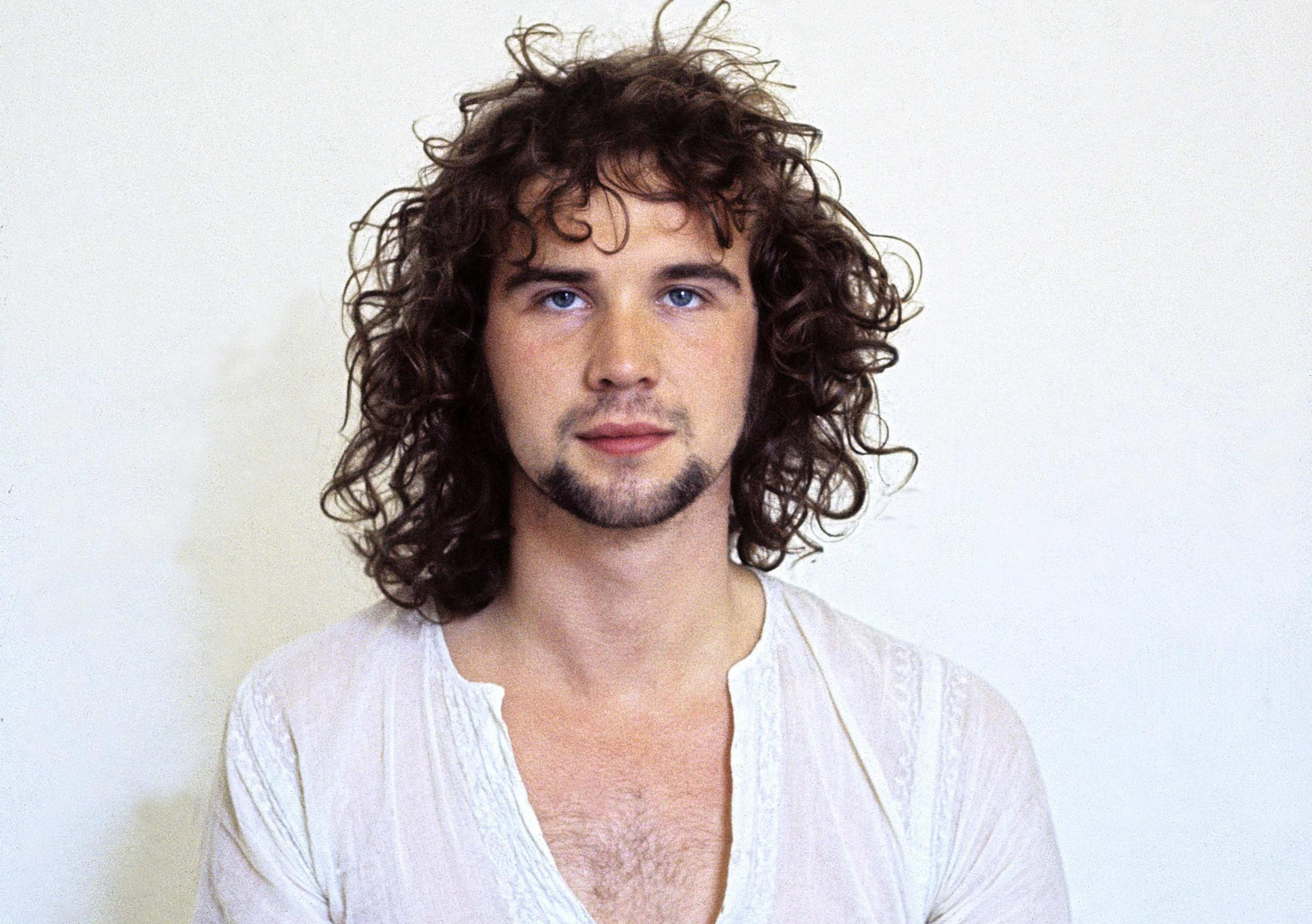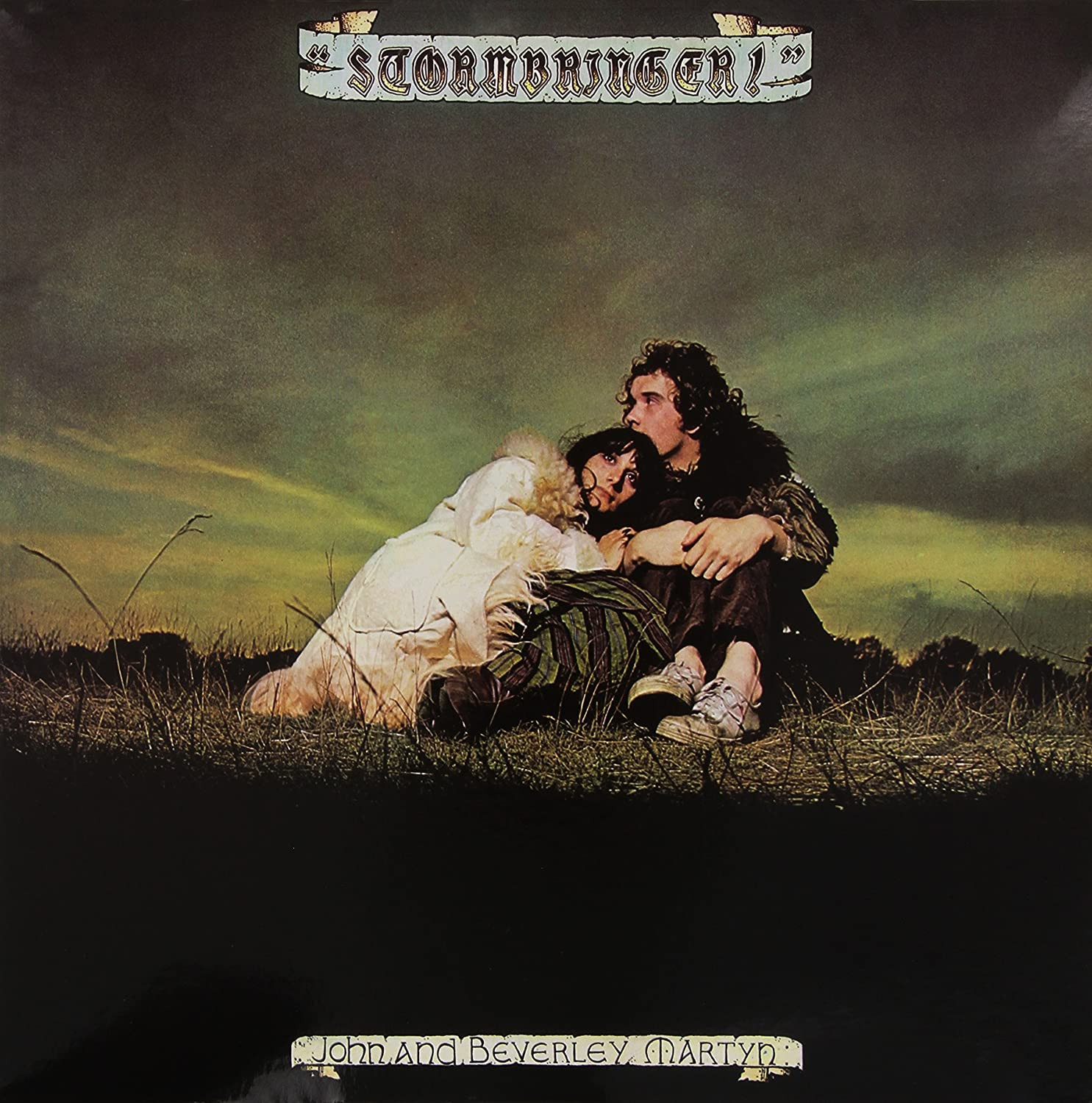John Martyn remains a captivating yet complex figure in the landscape of British folk and rock music. While celebrated for his innovative guitar work, soulful vocals, and deeply personal songwriting, his career was equally marked by self-destructive tendencies. A new biography, Graeme Thomson’s Small Hours: The Long Night of John Martyn, delves into this duality, offering a comprehensive, and at times unsettling, portrait of the artist. This exploration resonates with earlier assessments, such as that of legendary producer Joe Boyd, who, despite working with Martyn early in his career, struggled to reconcile the musician’s brilliance with his troubled persona.
 John Martyn in his prime.
John Martyn in his prime.
Boyd’s experience, recounted in his memoir White Bicycles, hints at the challenges of working with John Martyn. When interviewed in 2006, Boyd spoke warmly of Nick Drake and other artists from his Witchseason Productions stable, but his enthusiasm noticeably waned when John Martyn’s name arose. Boyd managed John and Beverley Martyn during their Stormbringer! and Road to Ruin period, albums now considered cornerstones of British folk-rock. Yet, Boyd’s reluctance to elaborate on Martyn suggested a difficult relationship, a sentiment now amplified by Thomson’s biography.
Small Hours paints a picture of a man wrestling with inner demons throughout his life. Thomson meticulously chronicles Martyn’s journey from a promising young musician to a figure plagued by alcoholism and volatile behavior. The book reveals a stark contrast between the sensitivity expressed in his music and the roughness he projected in his personal life, particularly in his relationships with women. This dichotomy ultimately contributed to the sabotage of a career that held immense potential.
Growing up in Glasgow, John Martyn’s early life, as detailed in Small Hours, defied the hard-drinking image he later cultivated. He was initially a bookish and introspective boy who found solace in the guitar. Raised primarily by his grandmother after his show-business parents separated, Martyn immersed himself in music. The burgeoning UK folk scene of the 1960s, populated by guitar virtuosos like Davy Graham, Bert Jansch, and John Renbourn, became his inspiration. Moving to England in 1967, he quickly found himself sharing stages with these idols. Ralph McTell, known for “Streets of London,” remembers a young Martyn as “bubbly and full of fun,” someone genuinely awestruck by the power of music.
Martyn’s first solo albums, London Conversation (1967) and The Tumbler (1968), showcase a developing artist still finding his voice. While not considered his strongest work, they offer a glimpse into his early songwriting, influenced by the whimsical, fairytale-like themes prevalent in some British folk music of the era. While he might have initially found firmer footing in blues or traditional material, Martyn’s restless artistic spirit pushed him beyond these confines.
During this formative period, John Martyn also displayed a generous collaborative spirit. His intricate guitar work graced Bridget St. John’s album Ask Me No Questions, produced by John Peel. St. John, reflecting on their friendship in a recent radio interview, spoke fondly of Martyn’s musical contributions and camaraderie. His personal and professional life took a significant turn when he met Beverley Kutner in 1968. Beverley was already a more established artist with commercially released singles featuring prominent session musicians like Jimmy Page, John Paul Jones, and Nicky Hopkins. Joe Boyd recognized her potential and suggested a recording trip to America.
 John and Beverley Martyn Stormbringer album cover.
John and Beverley Martyn Stormbringer album cover.
John Martyn, deeply enamored with American music, particularly The Band, was determined to join Beverley on this transatlantic venture. He effectively became integral to the sessions that resulted in Stormbringer! (1970), featuring Levon Helm of The Band on drums and Harvey Brooks on bass. They followed up with Road to Ruin (1970) in England, albums that captured a unique blend of folk and rock, though Beverley’s artistic presence began to subtly diminish.
Beverley Martyn’s own solo career remained largely dormant until No Frills in 1998, released long after their separation. As Thomson’s biography suggests, Martyn seemingly expected Beverley to prioritize domesticity after they had children, a pattern that repeated with other women in his life. The introduction of heavy drug use further complicated his personal and professional trajectory, leading to associations with unsavory characters.
 John Martyn with bassist Danny Thompson.
John Martyn with bassist Danny Thompson.
Despite these personal struggles, John Martyn embarked on a remarkable run of solo albums between 1971 and 1975, starting with Bless the Weather and continuing through Solid Air, Inside Out, and Sunday’s Child. Inspired by jazz, particularly Pharoah Sanders’ Karma, his music evolved, incorporating experimental guitar techniques and a distinctive vocal style. He developed an impressive vocal range and a unique ability to bend notes while maintaining melodic coherence.
However, by the time of One World (1977), some listeners, including the original article’s author, noted a shift. Martyn seemed to reject the inherent beauty of his voice, striving for a more gruff, “tough guy” sound. The music, to some ears, became more abrasive and less distinctive, with albums blurring together. While Grace and Danger is often cited as a later highlight, subsequent albums like Glorious Fool, Well-Kept Secret, and others, are considered less consistent.
Other artists have also intentionally roughened their sound, with varying degrees of success. Tim Buckley’s post-Happy/Sad output became increasingly challenging, and Tom Waits’ later vocal style is undeniably acquired taste. However, Waits’ songwriting prowess remained undiminished. The tragedy of John Martyn lies in the sense of wasted potential. He possessed the talent to create enduring music and build meaningful relationships, but his self-destructive path ultimately overshadowed these possibilities. The latter part of Thomson’s biography reportedly details a disheartening cycle of poor performances, excessive drinking, and derailed recording sessions. A late-career Mojo interview, conducted after Martyn lost a leg, revealed a continued preoccupation with pub brawls, even in his diminished physical state. Ironically, his live performances reportedly improved once he was confined to a wheelchair, perhaps due to reduced access to bars.
For those seeking to understand the complex legacy of John Martyn, Graeme Thomson’s Small Hours: The Long Night of John Martyn is a recommended read. Additionally, the documentary Johnny Too Bad (2004), available on YouTube, offers another valuable perspective. While his later work may be less essential, the early albums of John Martyn remain a testament to his unique talent and continue to resonate with listeners today. Exploring this early period is crucial to appreciating the full spectrum of his musical contributions.

